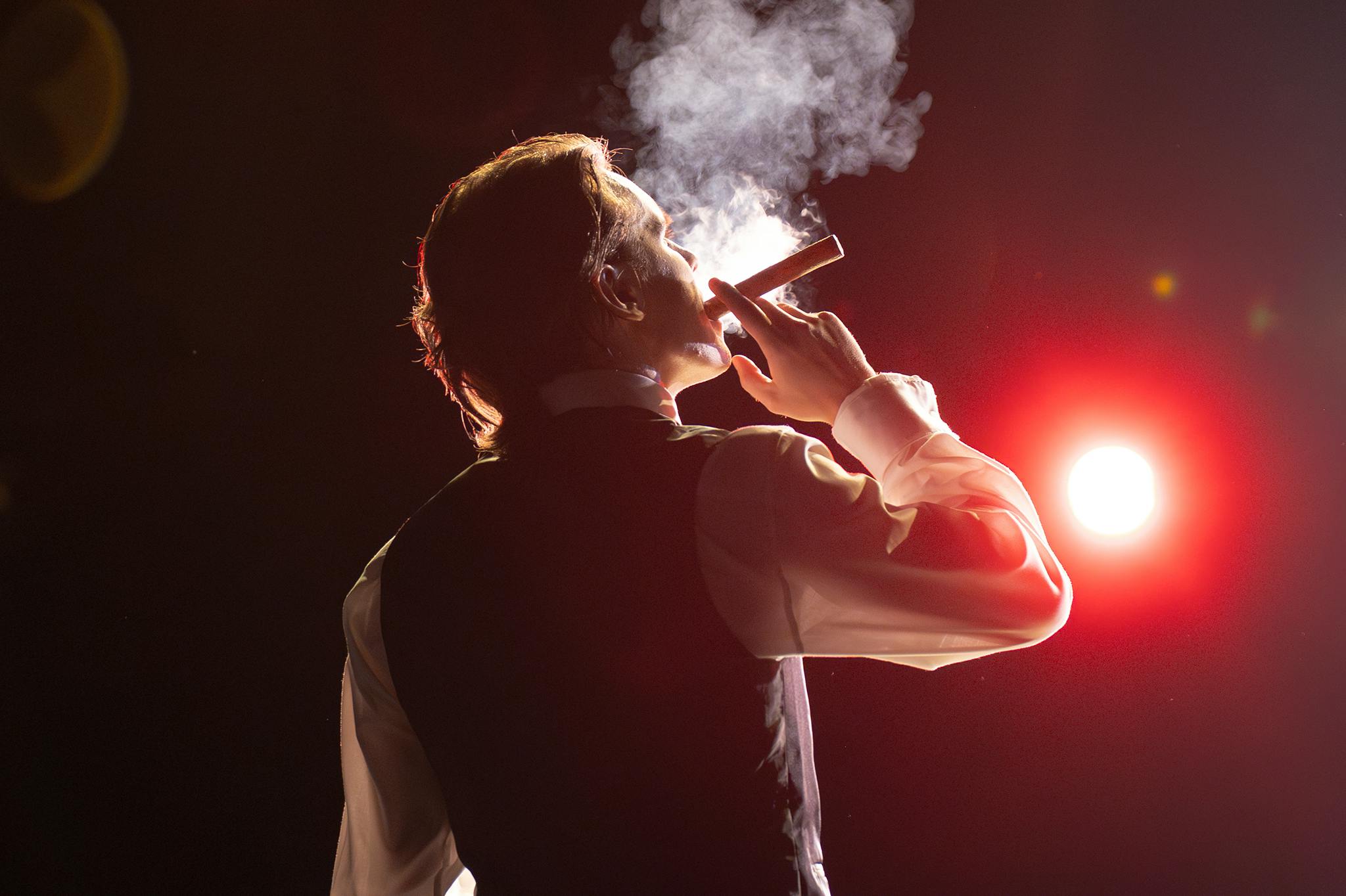The atmospheric theatre was an American concept that had a short but spectacular life.
John Eberson and Thomas W. Lamb were the two main designers of this new style of theatre in the USA. Although their style differed, they were highly competitive.
Eberson invented and developed the concept of atmospheric theatre. Hundreds were built in the US between 1924 and 1932 and five in Australia – of which the Capitol Theatre is the last remaining one. Eberson designed more than 500 atmospheric theatres.
Lamb’s style was known as the ‘hard top’; elaborate, neo-classical and a more formal theatre of which Sydney’s State Theatre is a good example.
Eberson’s designs were more experimental and theatrical than Lamb’s. His eclectic style drew the crowds, and he was regularly called upon to dream up new and ever more fantastic interiors. He obliged with Persian shrines, Castilian castles and Roman temples, determined never to use the same design twice. Eberson had no reservations about combining baroque with rustic Spanish for an even more dazzling effect.
The atmospheric theatres were created with a combination of lighting and projection via a Brenograph, which could project dozens of different effects from erupting volcanos to flying angels, onto a specially prepared blue plaster ceiling. From a design perspective the atmospherics approach was unusual in that the interior was designed as exterior architecture to give the impression that the audience were seated in an open-air garden surrounded by exotic plants and birds.






